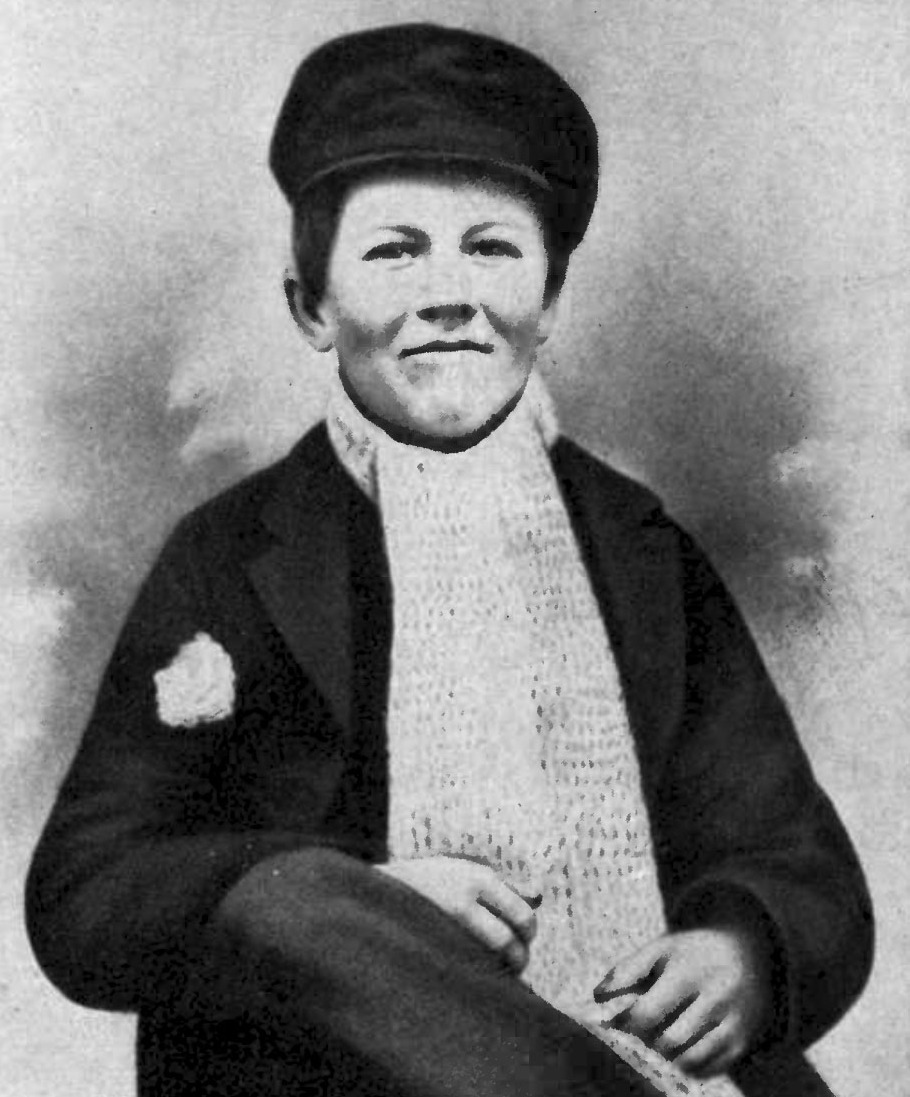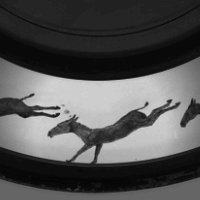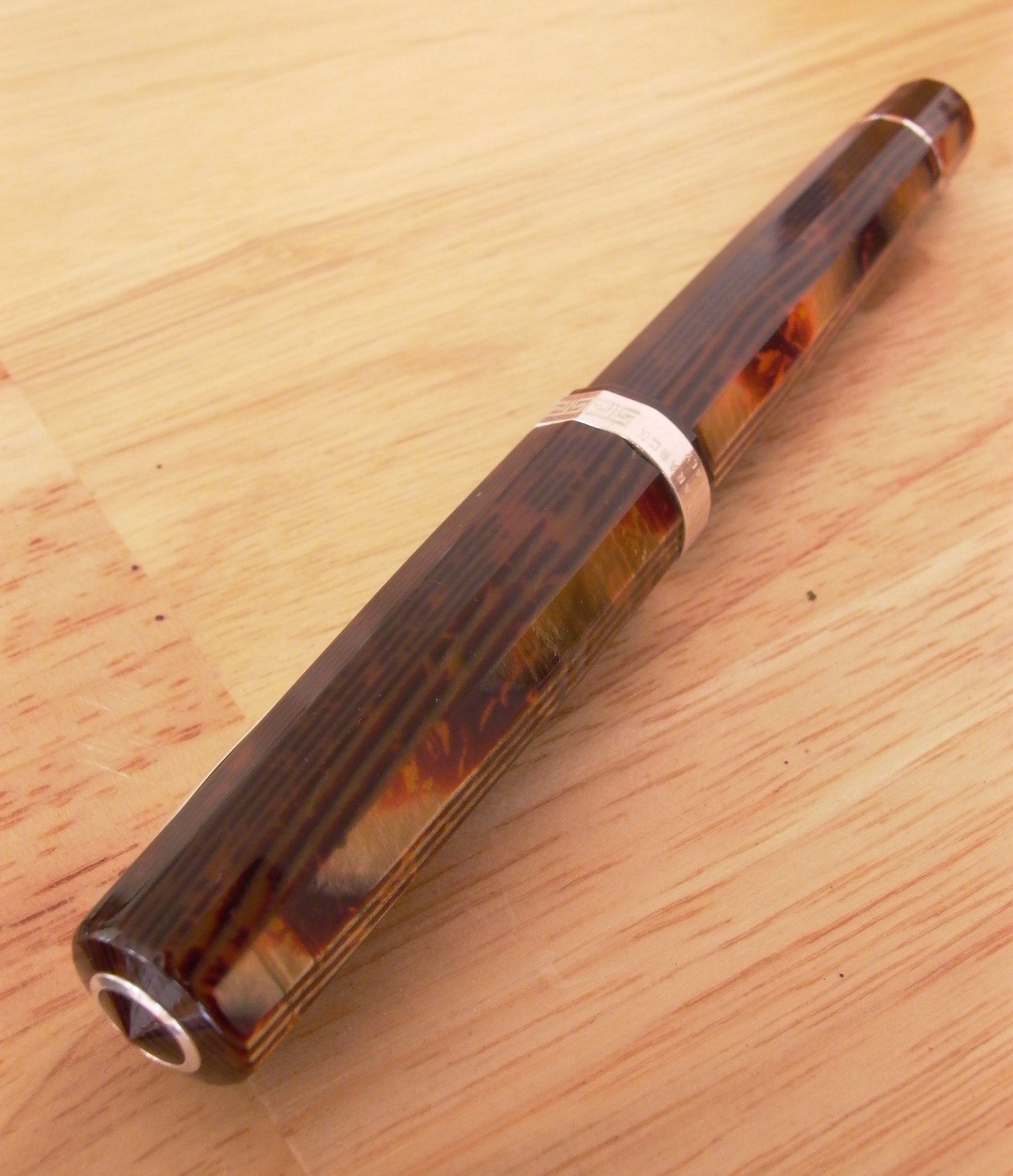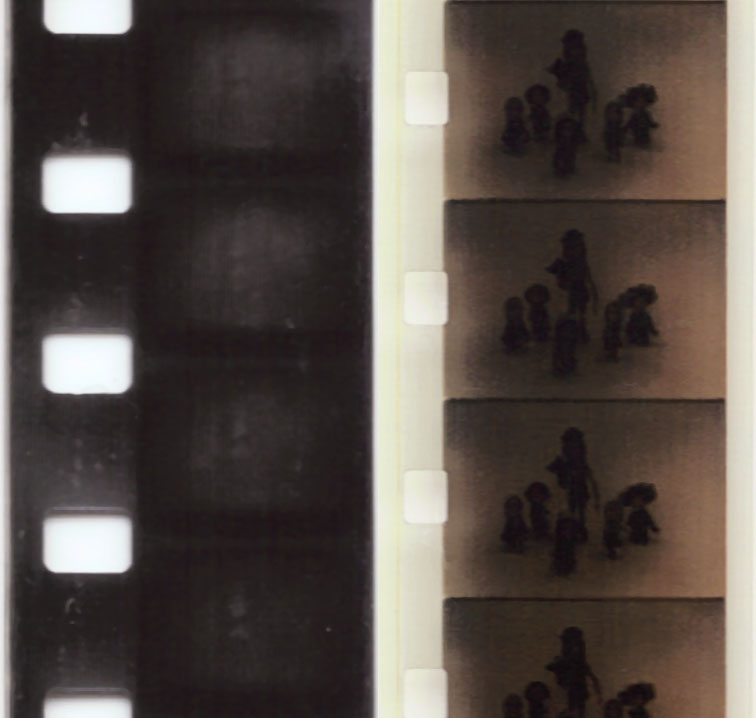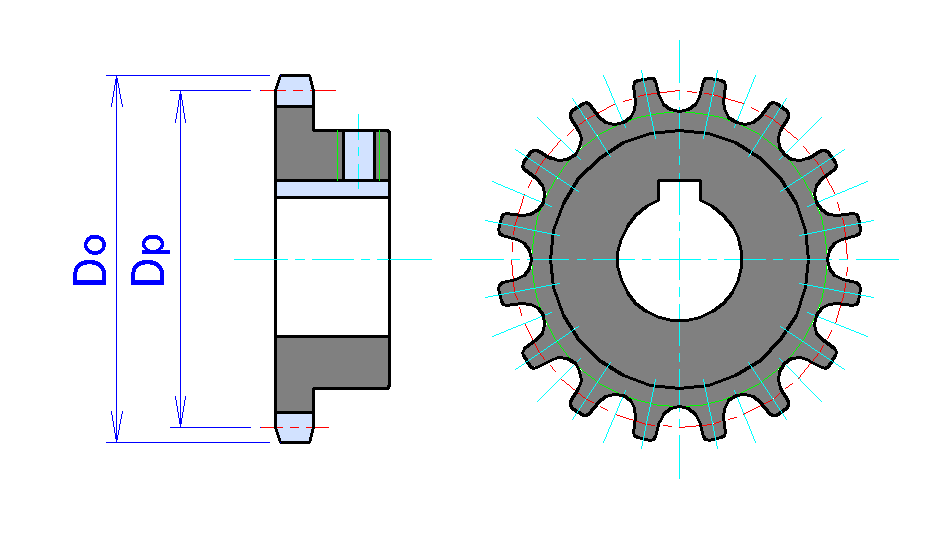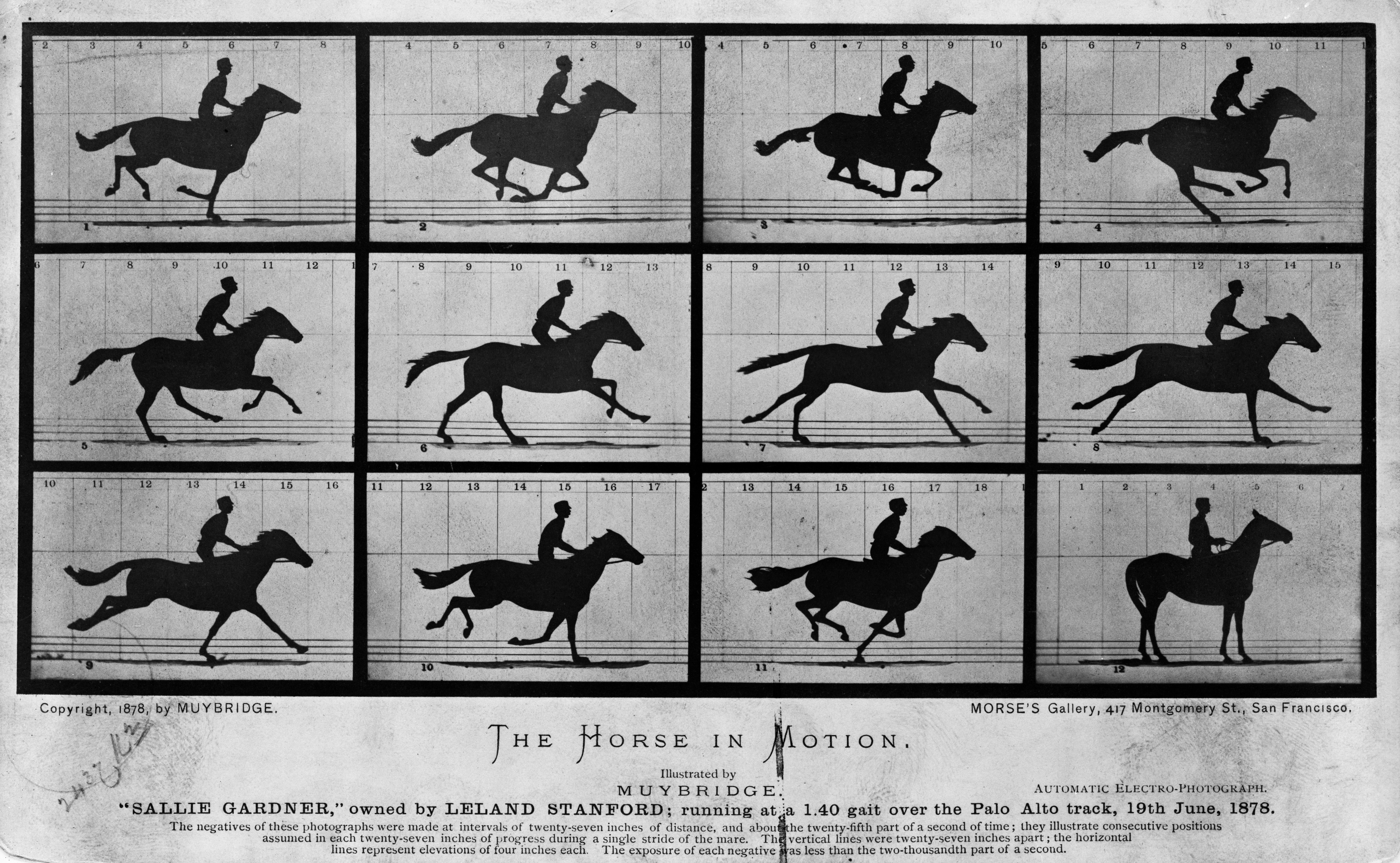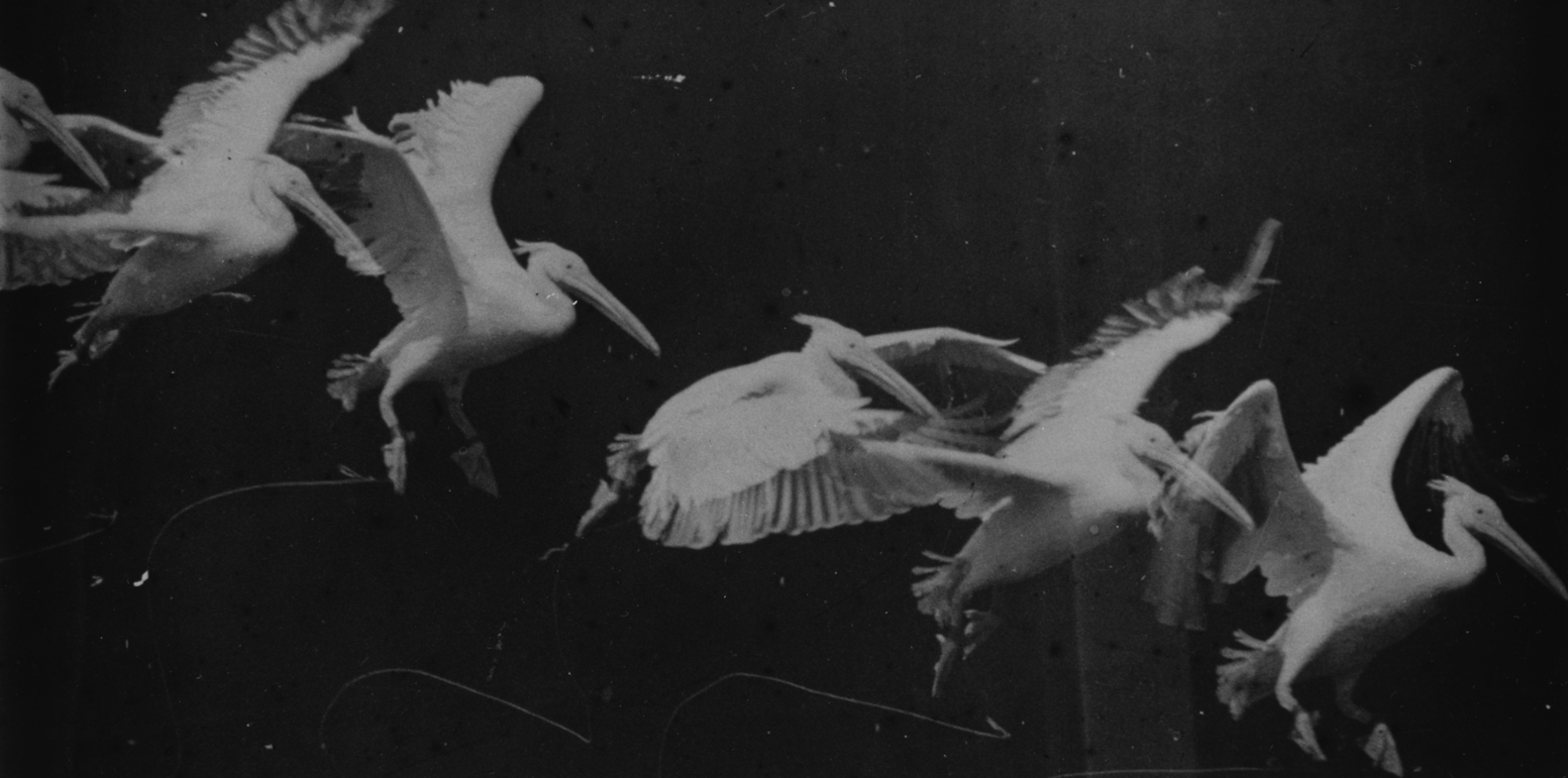|
Kinetoscope
The Kinetoscope is an early motion picture exhibition device, designed for films to be viewed by one person at a time through a peephole viewer window. The Kinetoscope was not a movie projector, but it introduced the basic approach that would become the standard for all cinematic projection before the advent of video: it created the illusion of movement by conveying a strip of perforated film bearing sequential images over a light source with a high-speed shutter. First described in conceptual terms by U.S. inventor Thomas Edison in 1888, it was largely developed by his employee William Kennedy Laurie Dickson between 1889 and 1892. Dickson and his team at the Edison lab in New Jersey also devised the Kinetograph, an innovative motion picture camera with rapid intermittent, or stop-and-go, film movement, to photograph movies for in-house experiments and, eventually, commercial Kinetoscope presentations. A Kinetoscope prototype was first semipublicly demonstrated to members ... [...More Info...] [...Related Items...] OR: [Wikipedia] [Google] [Baidu] |
William Kennedy Laurie Dickson
William Kennedy Laurie Dickson (3 August 1860 – 28 September 1935) was a British- American inventor who devised an early motion picture camera under the employment of Thomas Edison. Early life William Kennedy Dickson was born on 3 August 1860 in Le Minihic-sur-Rance, Brittany, France. His mother, Elizabeth Kennedy-Laurie (1823–1879) was American, born in Virginia. His father was James Waite Dickson, a Scottish artist, astronomer and linguist. James Dickson claimed direct lineage from the painter William Hogarth, and from Judge John Waite, the man who sentenced King Charles I to death. Inventor and film innovator At age 19 in 1879, William Dickson wrote a letter to American inventor and entrepreneur Thomas Edison seeking employment. He was turned down. That same year Dickson, his mother, and two sisters moved from Britain to Virginia. In 1883 he was finally hired to work at Edison's laboratory in Menlo Park, New Jersey. In 1888, Edison conceived of a device that wo ... [...More Info...] [...Related Items...] OR: [Wikipedia] [Google] [Baidu] |
Thomas Edison
Thomas Alva Edison (February11, 1847October18, 1931) was an American inventor and businessman. He developed many devices in fields such as electric power generation, mass communication, sound recording, and motion pictures. These inventions, which include the phonograph, the motion picture camera, and early versions of the electric Incandescent light bulb, light bulb, have had a widespread impact on the modern industrial society, industrialized world. He was one of the first inventors to apply the principles of organized science and teamwork to the process of invention, working with many researchers and employees. He established the first industrial research laboratory. Edison was raised in the American Midwest. Early in his career he worked as a telegraph operator, which inspired some of his earliest inventions. In 1876, he established his first laboratory facility in Menlo Park, New Jersey, where many of his early inventions were developed. He later established a botanical ... [...More Info...] [...Related Items...] OR: [Wikipedia] [Google] [Baidu] |
Movie Projector
A movie projector (or film projector) is an optics, opto-mechanics, mechanical device for displaying Film, motion picture film by projecting it onto a movie screen, screen. Most of the optical and mechanical elements, except for the illumination and sound devices, are present in movie cameras. Modern movie projectors are specially built video projectors (see also digital cinema). Many projectors are specific to a particular film gauge and not all movie projectors are film projectors since the use of film is required. Predecessors The main precursor to the movie projector was the magic lantern. In its most common setup it had a concave mirror behind a light source to help direct as much light as possible through a painted glass picture slide and a lens, out of the lantern onto a screen. Simple mechanics to have the painted images moving were probably implemented since Christiaan Huygens introduced the apparatus around 1659. Initially, candles and oil lamps were used, but oth ... [...More Info...] [...Related Items...] OR: [Wikipedia] [Google] [Baidu] |
Celluloid
Celluloids are a class of materials produced by mixing nitrocellulose and camphor, often with added dyes and other agents. Once much more common for its use as photographic film before the advent of safer methods, celluloid's common present-day uses are for manufacturing table tennis balls, musical instruments, combs, office equipment, fountain pen bodies, and guitar picks. History Nitrocellulose Nitrocellulose-based plastics slightly predate celluloid. Collodion, invented in 1848 and used as a wound dressing and an emulsion for photographic plates, is dried to a celluloid like film. Alexander Parkes The first celluloid as a bulk material for forming objects was made in 1855 in Birmingham, England, by Alexander Parkes, who was never able to see his invention reach full fruition, after his firm went bankrupt due to scale-up costs. Parkes patented his discovery as Parkesine in 1862 after realising a solid residue remained after evaporation of the solvent from photographic c ... [...More Info...] [...Related Items...] OR: [Wikipedia] [Google] [Baidu] |
Zoopraxiscope
The zoopraxiscope (initially named ''zoographiscope'' and ''zoogyroscope'') is an early device for displaying moving images and is considered an important predecessor of the movie projector. It was conceived by photographic pioneer Eadweard Muybridge in 1879 (and built for him by January 1880 to project his famous chronophotographic pictures in motion and thus prove that these were authentic). Muybridge used the projector in his public lectures from 1880 to 1895. The projector used 16" glass disks onto which Muybridge had an unidentified artist paint the sequences as silhouettes. This technique eliminated the backgrounds and enabled the creation of fanciful combinations and additional imaginary elements. Only one disk used photographic images, of a horse skeleton posed in different positions. A later series of 12″ discs, made in 1892–1894, used outlines drawn by Erwin F. Faber that were printed onto the discs photographically, then colored by hand. These colored discs we ... [...More Info...] [...Related Items...] OR: [Wikipedia] [Google] [Baidu] |
Film Perforations
Film perforations, also known as perfs and sprocket holes, are the holes placed in the film stock during manufacturing and used for transporting (by sprockets and claws) and steadying (by pin registration) the film. Films may have different types of perforations depending on film gauge, film format, and intended usage. Perforations are also used as a standard measuring reference within certain camera systems to refer to the size of the frame. Some formats are referred to in terms of the ratio "perforations per frame/gauge size" to provide an easy way of denoting size. For instance, 35mm Academy is also known as 4 perf-35mm; VistaVision is 8 perf-35mm; the long-time standard Todd-AO 70 mm film is 5 perf-70mm; and IMAX is 15 perf-70mm. This description does not indicate whether the film transport is horizontal or vertical, but uncertainty is precluded because there are currently no horizontal systems using the same number of perforations on the same gauge as a vertical on ... [...More Info...] [...Related Items...] OR: [Wikipedia] [Google] [Baidu] |
Sprockets
A sprocket, sprocket-wheel or chainwheel is a profiled wheel with teeth that mesh with a chain, rack or other perforated or indented material. The name 'sprocket' applies generally to any wheel upon which radial projections engage a chain passing over it. It is distinguished from a gear in that sprockets are never meshed together directly, and differs from a pulley in that sprockets have teeth and pulleys are smooth except for timing pulleys used with toothed belts. Sprockets are used in bicycles, motorcycles, tracked vehicles, and other machinery either to transmit rotary motion between two shafts where gears are unsuitable or to impart linear motion to a track, tape etc. Perhaps the most common form of sprocket may be found in the bicycle, in which the pedal shaft carries a large sprocket-wheel, which drives a chain, which, in turn, drives a small sprocket on the axle of the rear wheel. Early automobiles were also largely driven by sprocket and chain mechanism, a practice larg ... [...More Info...] [...Related Items...] OR: [Wikipedia] [Google] [Baidu] |
Camera
A camera is an instrument used to capture and store images and videos, either digitally via an electronic image sensor, or chemically via a light-sensitive material such as photographic film. As a pivotal technology in the fields of photography and videography, cameras have played a significant role in the progression of visual arts, media, entertainment, surveillance, and scientific research. The invention of the camera dates back to the 19th century and has since evolved with advancements in technology, leading to a vast array of types and models in the 21st century. Cameras function through a combination of multiple mechanical components and principles. These include exposure control, which regulates the amount of light reaching the sensor or film; the lens, which focuses the light; the viewfinder, which allows the user to preview the scene; and the film or sensor, which captures the image. Several types of camera exist, each suited to specific uses and offering unique cap ... [...More Info...] [...Related Items...] OR: [Wikipedia] [Google] [Baidu] |
Chronophotography
Chronophotography is a photographic technique from the Victorian era which captures a number of phases of movements. The best known chronophotography works were mostly intended for the scientific study of Animal locomotion, locomotion, to discover practical information for animal handlers and/or as reference material for artists. Although many results were not intended to be exhibited as moving pictures, there is much overlap with the more or less simultaneous quest to register and exhibit photographic motion pictures. Definition Chronophotography is defined as "a set of photographs of a moving object, taken for the purpose of recording and exhibiting successive phases of motion". The term ''chronophotography'' was coined by French physiologist Г‰tienne-Jules Marey to describe photographs of movement from which measurements could be taken and motion could be studied. It is derived from the Greek word П‡ПЃПЊОЅОїП‚ ''chronos, chrГіnos'' ("time") combined with ''photography''.The ... [...More Info...] [...Related Items...] OR: [Wikipedia] [Google] [Baidu] |
Г‰tienne-Jules Marey
Étienne-Jules Marey (; 5 March 1830, Beaune, Côte-d'Or – 15 May 1904, Paris) was a French scientist, physiologist and chronophotographer. His work was significant in the development of cardiology, physical instrumentation, aviation, cinematography and the science of laboratory photography. He is widely considered to be a pioneer of photography and an influential pioneer of the history of cinema. He was also a pioneer in establishing a variety of graphical techniques for the display and interpretation of quantitative data from physiological measurement. Biography Marey started by studying blood circulation in the human body. Then he shifted to analyzing heart beats, respiration, muscles (myography), and movement of the body. To aid his studies he developed many instruments for precise measurements. For example, in 1859, in collaboration with the physiologist Auguste Chauveau and the watch manufacturer Breguet, he developed a wearable ''Sphygmograph'' to measure the puls ... [...More Info...] [...Related Items...] OR: [Wikipedia] [Google] [Baidu] |

